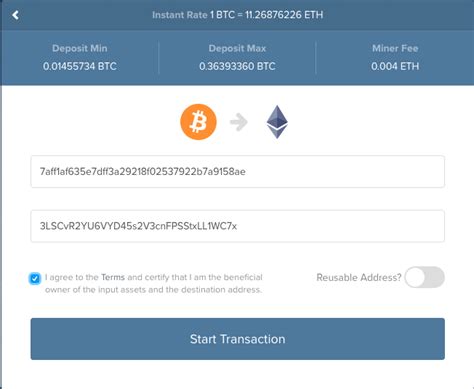Title: A relief of bitcoins: Understand Ethereum’s unique identification and traceability
Introduction
In the cryptocurrency room, the concept of woodenity was the subject of debates for investors, supervisory authorities and developers. One of the most controversial topics is that it can be improved due to the type of individual bitcoins, i.e. its value cannot be influenced by changing the offer or ownership. In this article we examine the problem of taste of bitcoins and examine the approach in Ethereum for monitoring ownership chains.
The concept of freezing
The taste indicates that two same elements can be replaced without losses or profits. In the context of the currency, this means that each unit must have the same value of a certain denomination. This concept is of essential importance for maintaining trust and trust in the financial markets.
Bitcoins unique ID
Each Bitcoin has a clear identification that is known as a “block -hash” or “clear title”. This block serves as a digital fingerprint, similar to the serial number of physical currency notes. In contrast to conventional paper accounts or coins, the blockchain contains this information in history and enables the property and transactions smoothly.
Bitcoin is unique?

Not exactly. Although the clear identification of every Bitcoin is essential for its surprising ability, this does not necessarily mean that everyone can be identified with a single number. With the blockchain data structure you can live several blocks at the same time, which means that the same block -Hash can refer to various transactions and subsequent blocks.
case of hash from several blocks
For example, look at the two consecutive blocks of the Bitcoin blockchain: the block -block -haash “00000000000001” and Block B with block “00000000000002”. Although both blocks have a unique hash, they do not guarantee that these transactions can be distinguished or separated. Both transactions can be part of the same object and the two blocks can occur at the same time.
Go to the delicacy
In response to this question, Ethereum implemented the mechanism of monitoring ownership chains, the so -called “state channels”. With this approach, users can create complex transaction flows that reduce several accounts and reduce the risk of orphan or copied transactions. Status channels enable developers to create “chains” by combining several accounts and transactions and creating a single series of unique events.
State channels: a key element of convenience
With the use of state channels, Ethereum created an environment in which the ownership chains can be monitored with great precision. In this way, users can check the origin of their assets and ensure that they are not used for malicious purposes or are stolen without compensation.
Diploma
In summary, it can be said that the clear identification of each Bitcoin is the basis for freezing, but this does not necessarily mean that everyone can be identified with a single number. The approach for Ethereum to state channels made it possible to create complex transaction currents and owneracettes, which reduces the risk of orphans or copies.
However, this does not reduce the value of Bitcoin as a value and exchange medium. Finally, the blurring of each bitcoins is influenced by a combination of technical, regulatory and market factors.
References
- “Refreshable token: a new class of digital devices?” (Research article) Andreessen Horowitz
- “The State Channel: Solution for Decentralized Financing” (Whitapaper) from Ethereum Foundation
- “Bitcoin Blockchain: Technical overview” (white paper) created by Bitcoin.org